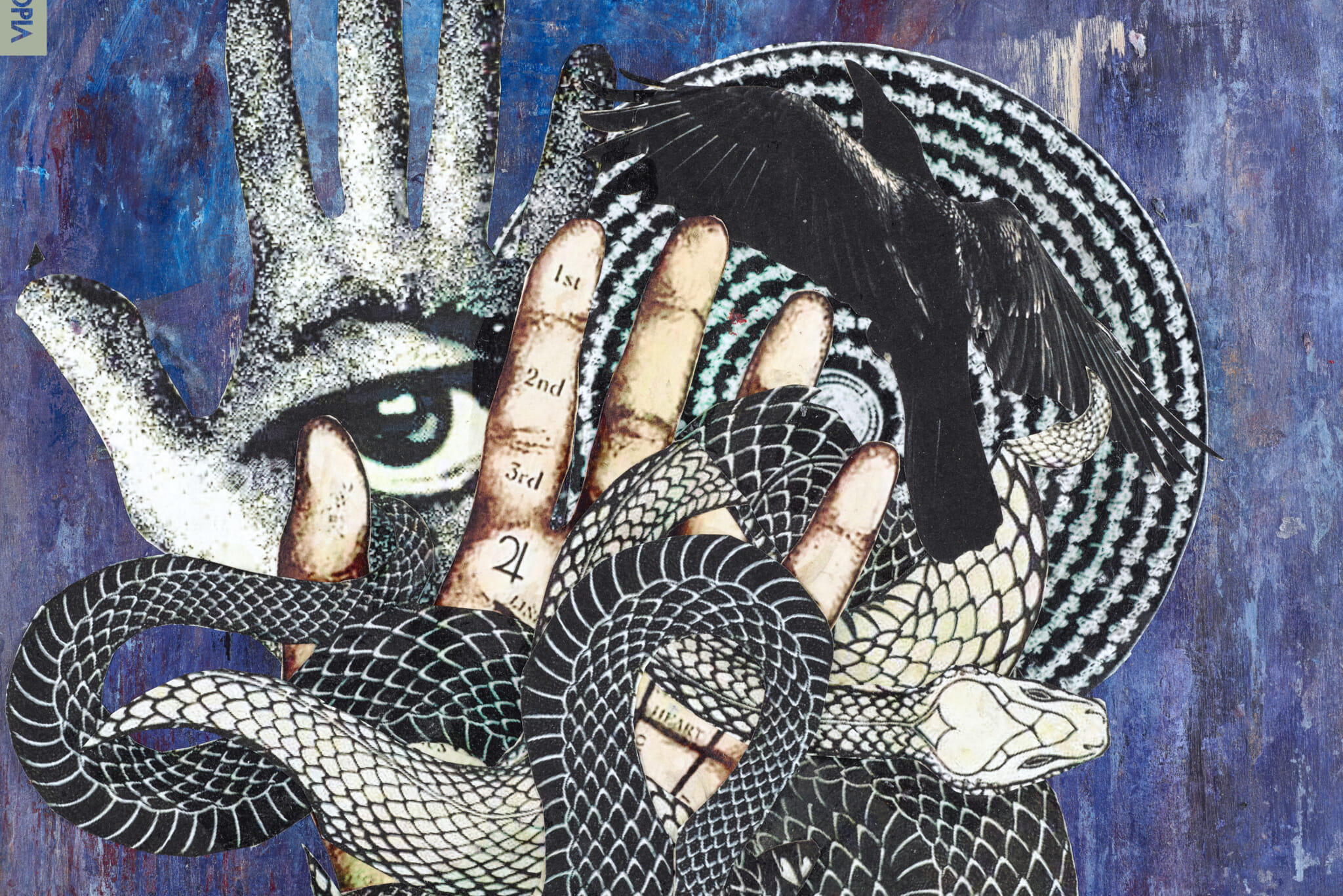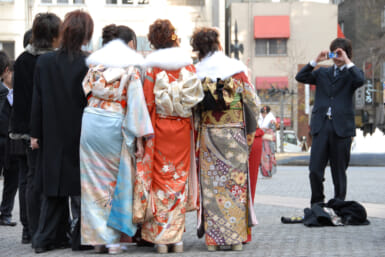The Tokyo-based American musician Brian Durr, has, up until now, been better known by his alias BD1982. It’s a moniker which has served him well across an ever-evolving series of releases on the Diskotopia label, co-founded by Durr and the British-born Matt Lyne (who records his own remarkable music as A Taut Line).
The release of Durr’s extraordinary new album Amaranthine, marks an ending for BD1982, but not for Durr himself, who, having forged his own suis generis sound-world, will return under a new, yet-to-be-announced, alias, reflecting the exciting creative place that his efforts and experiences have brought him to.
Auditory Architecture
From the very beginning, BD1982 releases have been informed by Durr’s imaginative and skillful manipulations of sound, combining deft use of sampling with original and sensitively played instrumentation. This painstaking approach to the foundations of auditory architecture has paid great dividends, resulting in music that, even at its most minimal, continues to surround the listener in a world of Durr’s own design.
On earlier releases, this gift for off-kilter ambience was paired with beats that, although eccentrically assembled, were recognizably related to established genres of electronic music. As a result of Durr’s then-frequent appearances in the DJ booth leading him naturally towards what he calls “club tested” sounds, his initial batch of EPs on Diskotopia were powered by rhythms that were kindred-in-spirit to the cavernous and rattling British innovations of drum and bass, dubstep and grime.
Emerging on the 2018 album, Decades Tempest, were signs of a growing self-confidence in the singular sounds that Durr was making. This sense of creative conviction picked up pace on his 2021 record, Distance Vision, as he forged ever-further along his own expressive path. By the release of Initiation Insight in 2022, the swirling and spiritual BD1982 sound seemed fully formed.
The ostensibly darker territory Durr’s sometimes-solitary explorations have led him to, is remoter from the dance floor, but still underpinned by his long-standing rhythmic prowess. This immersive and mesmeric music has cross-genre appeal for fans of artists from My Bloody Valentine, Burial and Brian Eno to ESG, The Haxan Cloak and Black Devil Disco Club.
Universal Resonance
Amaranthine, which in Durr’s own words, “examines concepts of immortality across cultures, time and technology,” is named for the never-fading, intensely deep magenta flowers of amaranth, widely recognized as symbols of both long-life and eternity. The personal significance of these motifs, and the deepest meanings contained in Amaranthine’s 13 tracks, may be known only to Durr himself, but the album’s heady and emotional music trembles with universal resonance.
The album’s opening track, “Sentry,” established by the somewhat haunted sound of singing bowls and an atmospheric background bubbling, evokes the experience of falling irresistibly under the spell of a stronger-than-expected sedative. Listeners, becoming aware of a slow-marching drum procession and the uncanny feeling that a threshold has been crossed, find themselves delivered in a twilit realm of Durr’s creation.
“Lifeline,” with its frantic thoughts-racing guitar-squalls and unresolved synth-equations, speaks of a wish to “extend a lifeline, for a flash of the light,” while the abstracted and preternatural “Metal Threads,” seems full of angst regarding human connections and communications. Durr’s whispered vocal, describing the “metal threads” that “connect us, running thru our veins,” concludes with the bleak post-human image of “obsolete machines.”
The impression given by these fragile lyrics, woven mantra-like through the fabric of Amaranthine’s world, is of a skillful artist, using the tools he commands, to aid him in processing a kind of existential foreboding. These trance-like prayers-of-protection seem rooted in an all-too-human grappling, with the idea that each of us surfaces only briefly from the roaring and whooshing sea of eternal time.
Durr’s instincts have led him from these concerns into an artistic exploration of how fellow seekers-after-the-truth have sought to make sense of humankind’s fragile place in existence. On the empathetically charged Amaranthine, he has used this arcane knowledge to create cross-millennial points of connection in the form of self-soothing rituals of reassurance.

A Time of its Own
Use of the kantele (a Finnish and Karelian plucked string instrument), and metallic, martial-sounding drums, give much of Amaranthine a deep-rooted paganistic undertone, reminiscent of the pan-global archaism of Dead Can Dance. Blended into this animistic ambience are a multitude of influences, often making their presence known in the subtlest of ways.
“Earth Born,” with its satisfyingly deep digital sounds, brings to mind, first the neon-colored musique concrète of Jean-Michel Jarre’s Zoolook album, and then the sensually sinister synth-pop of Depeche Mode’s Violator, before becoming something altogether more subterranean in nature.
“Between Scales” balances furious mechanical percussion with a floating synthesizer motif that is cheerfully and incongruously reminiscent of Tom Tom Club’s “Genius of Love,” while title track “Amaranthine,” among others, shares elements of its DNA with Shackleton’s atmospheric Muslimgauze-indebted dubstep. The ingenious combination of these, and many other culturally significant ingredients, with deconstructed elements of electronic music’s past, present and future, means that Amaranthine seems to belong in a time of its own.

Brian Durr aka BD1982
Endless Light
The lyrics of album-closer “Pylons,” robotically intoned over crunchy garage-vandal rhythms, paint a cyberpunk portrait of “ancient minds, joined to us in endless light.” The evocative imagery of pylons acts as a call-back to “Metal Threads,” and brings to mind the parallel wires that crisscross our world, connecting pylon to pylon, and us to each other.
Perspective reveals that at unknowably distant points, both behind and ahead of us, these silent conveyors of human thoughts and dreams converge into one. But in the always-and-never-ending present, they run on forever, side by side.









